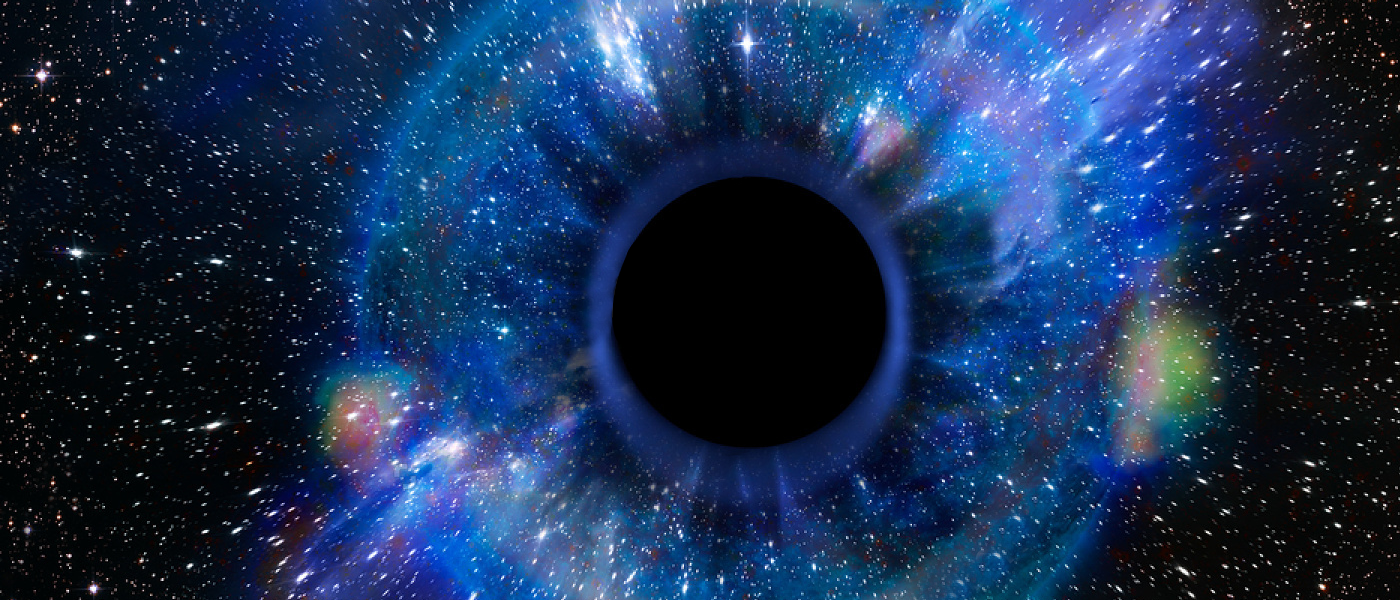Pushing and Pulling
If you follow all the strange news about the physics of the universe, you may have already come across the topic of blackbody force. In 2013, a team of physicists announced they'd discovered the existence of an unusual force that could potentially be stronger than gravity. As the force is exerted by objects known as blackbodies, blackbody force seemed a fitting name for it. Now, researchers from the Ceará State University and the Federal University of Ceará, Brazil, have uncovered new details about the strange phenomenon.
Blackbodies are theoretically perfect opaque objects that absorb all incoming light without reflecting or emitting any. One example is a neutron star.
A blackbody is said to emit a type of thermal radiation that can both repel and pull nearby objects like atoms and molecules. For objects that aren't so massive and are hot enough, this blackbody radiation could even be stronger than their gravitational pull. Both the blackbody radiation (push) and the blackbody force (pull) produce an interplay of forces that's oft explored in the field of quantum optics.
The new study out of Brazil, which has been published in Europhysics Letters, explores how a blackbody's shape, as well as its effect on the curvature of surrounding spacetime, influences this optical attraction and repulsion. To show this, the researchers calculated the topology, or the warping of space, surrounding both spherical and cylindrical blackbodies, measuring how each object's blackbody radiation forces are affected. They found that the curvature of space around spherical blackbodies amplifies the attractive force. Meanwhile, no such magnification was detected in cylindrical blackbodies.
Of Planets and Stars
So, how does this affect what we know about the interaction between cosmic bodies? While this effect isn't exactly detectable in a laboratory or even for objects as massive as the Sun, the researchers believe it makes a considerable difference when it comes to massive blackbodies.
"We think that the intensification of the blackbody force due to the ultradense sources can influence in a detectable way the phenomena associated with them, such as the emission of very energetic particles, and the formation of accretion discs around black holes," lead researcher Celio Muniz told Phys.org.
The researchers think that this new understanding of blackbody force and radiation can help refine how we model the formation of planets and stars. It could even help us discover a specific type of blackbody force known as Hawking radiation that would allow black holes to evaporate.
"This work puts the blackbody force discovered in 2013 in a wider context," explained Muniz.
Share This Article
